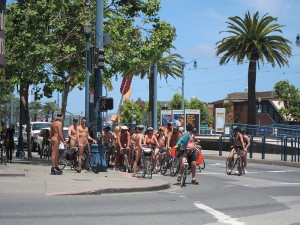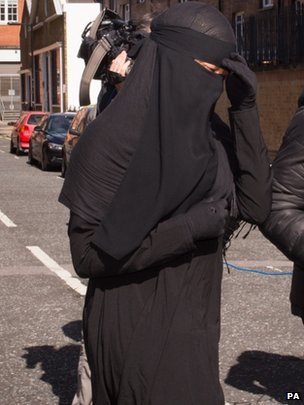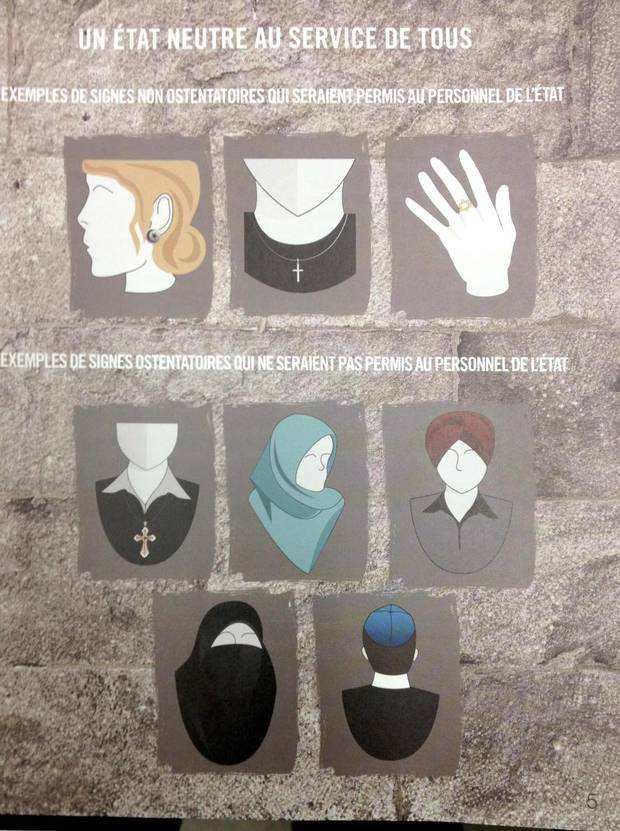According to the ACLU, a Sikh man was targeted for his religious attire by both law enforcement and a judge.
In the first part of his ordeal, Jageet Singh was allegedly harassed for his turban and his kirpan by employees of the Mississippi Department of Transportation. We’ve previously discussed the wearing of small ceremonial knife of the kirpan as a First Amendment free exercise of religion issue. Yet according to the ACLU report, the kirpan was not the sole issue: “One officer declared that all Sikhs are “depraved” and “terrorists.” They continued to taunt him, and forced Mr. Singh to circle his truck with his hands on his turban while they searched the vehicle.”
The officers’ arrest of Singh for failure to obey an order, however, allegedly led to an even more egregious experience when Singh appeared for his court date at Pike County Justice Court in Mississippi:
Waiting for his attorney in the back of the courtroom, he was stunned when four Highway Patrol officers approached him and ordered him to leave the courtroom. The officers stated that Judge Aubrey Rimes had ordered them to eject Mr. Singh from the courtroom because he did not like Mr. Singh’s turban. Moreover, they told Mr. Singh that Judge Rimes would punish him if he failed to remove his headdress.
The judge subsequently allegedly told Singh’s attorney that Singh needed to remove the “rag” from his head. Again, according to the ACLU,
The Pike County Board of Supervisors recently recognized that Judge Rimes’s harassment of Mr. Singh was unacceptable. In response to an investigation by the U.S. Department of Justice (DOJ), the Board revised the County’s harassment and non-discrimination policy to explain that religious discrimination includes “requiring an individual to remove a head covering or denying that individual access to a County office, building, program or activity because they are wearing a head covering, if that head covering is worn for religious reasons.”
However, the ACLU stated it plans to pursue the matter with the state judicial commission.
The judge’s actions bring to mind the famous “transcript” The Peoples Ancient and Just Liberties Asserted, In the Tryal of William Penn and William Mead at the Old Bailey, 22 Charles II 1670, written by themselves. As discussed in Dressing Constitutionally, Penn and Mead – – – both Quakers – – – honored their religious beliefs and refused to remove their hats and provide the so-called “hat honor” when in an English court and were adjudged in contempt.
The alleged actions of both the law enforcement officers and the judge clearly violate Singh’s First Amendment free exercise of religion rights. Like the alleged removal of girls’ headscarves by Bronx police officers earlier this month, there is little question of constitutional violations by government actors is the facts prove true.
image via







